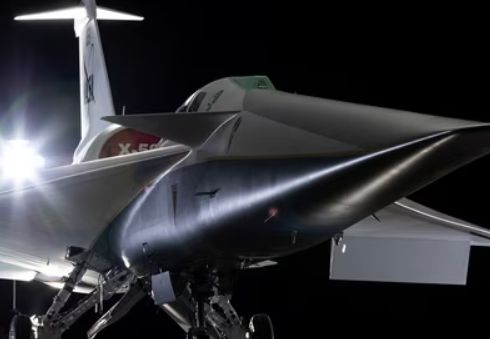X-59 Quiet Supersonic Aircraft
Two decades after the last civilian supersonic jet, NASA and Lockheed Martin have unveiled a new experimental aircraft that aims to tackle the problematic sonic boom issue hindering faster-than-sound travel. Rather than loud booms, NASA’s X-59 jet produces a gentler “thump”.
Noisy Booms Troubled Historic Supersonic Jets
The powerful sonic boom shockwaves released by supersonic flight have disturbed people on the ground and even damaged structures when jets fly low. But noise was not the sole factor for discontinuing iconic civilian jets like the Concorde.
Only over-water supersonic flight was permitted given boom concerns. Technical faults and limited routes also quickened the retirement of the handful of past supersonic passenger aircraft.
Softening Shockwaves
There are potential ways to suppress noisy booms. A key one is optimally shaping the aircraft and the sound waves it generates. Experiments have tweaked jet noses before to redirect and soften sound bursts.
The X-59 uses special wings interacting with other design aspects to carefully control shockwave timing, strength and direction. This converts loud booms into gentler thumps.
Seeking Regulator Approval
Through flight tests that began in 2022, NASA hopes to demonstrate overland supersonic need not always produce intolerable noise. Public response surveys will share results with regulators to make the case for allowing faster civilian air travel.
If the X-59 fulfils its quieter supersonic travel premise, public sentiment along with supportive policies couldenable reviving faster-than-sound passenger jets while addressing earlier concerns.
Month: Current Affairs - January, 2024







